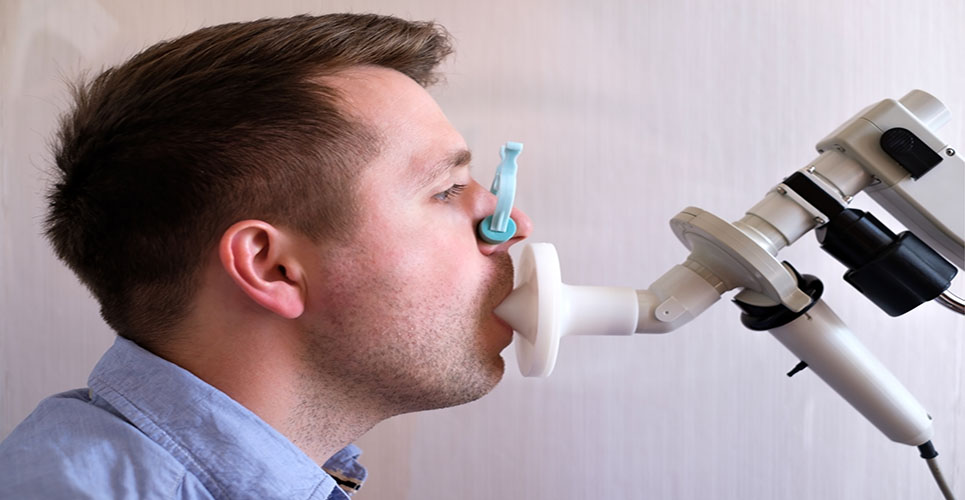The increasingly sedentary lifestyle and late work habits of people are leading to more cases of obstructive sleep apnoea (OSA).
The resulting lack of quality sleep can cause hypertension, heart failure, stroke and reduced performance in everyday activities. The large cohort of undiagnosed people with OSA across the globe makes this a highly attractive market for investments.
The increasingly sedentary lifestyle and late work habits of people are leading to more cases of obstructive sleep apnoea (OSA).
The resulting lack of quality sleep can cause hypertension, heart failure, stroke and reduced performance in everyday activities. The large cohort of undiagnosed people with OSA across the globe makes this a highly attractive market for investments.
New analysis from Frost & Sullivan (http://www.technicalinsights.frost.com), Technology Breakthroughs in Sleep Apnea, finds that the time is ripe for stakeholders to integrate their efforts and develop a standard platform to diagnose and treat sleep apnoeic patients.
“Current treatments for sleep apnea include surgery to correct static obstructions, the use of continuous positive airway pressure (CPAP) devices to supply air, and other devices that help keep the airway open,” said Technical Insights Team Leader Saju John Mathew. “There are also over 30 different drugs in the market that address OSA issues by increasing the tone of the upper airways and ventilator drive. Other drugs work to reacidify the blood and force the body to breathe more often, balancing the effect of hyperventilation.”
A key challenge facing the market is the lack of qualified personnel, such as pulmonologists and otolaryngologists, to diagnose sleep apnoea in a timely manner. In addition, poor compliance with CPAP devices – even though it is safer and more effective than any other surgical therapy – has resulted in sleep apnoea and its associated illnesses recurring among patients.
The development of finer and ergonomic CPAP devices will help increase patient ability to adhere to sleep therapy. The market is also seeing a rise in newer technologies that replace elaborate practices, target patient comfort to improve compliance, and help drive acceptance of sleep monitoring devices. This includes mandibular repositioning devices, which are cheaper than CPAP devices and more effective than tongue retaining devices; neuromodulators that are being developed with increasingly smaller footprints resulting in small incisions.
Widespread acceptance of these technologies among patients, who have become more aware and open to try different treatments, will eventually lead to a drop in equipment prices, making new technology platforms and products affordable. Evolving technologies will also influence patient preferences for products, treatment modalities and diagnostic locations.
“As such, the global sleep apnea treatment market is expected to shift to home-based diagnostics for early identification and treatment of patients as well as portable devices that can reduce sleep apnea with minimal inconvenience,” noted Mathew.

